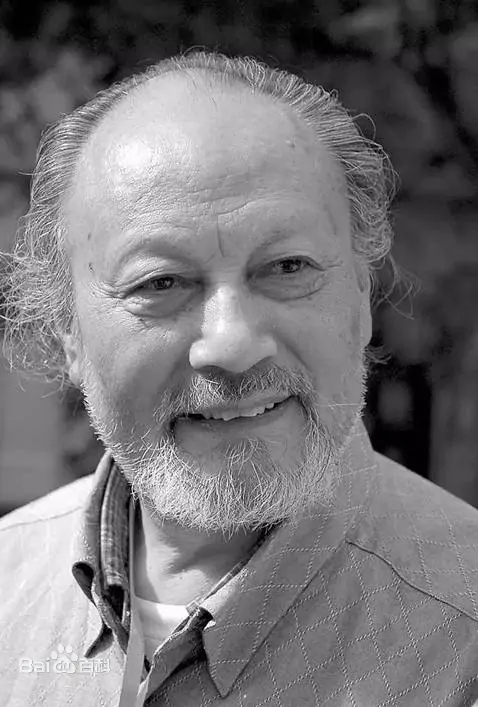Legendary painter dies aged 86 in Shenzhen
Wang Ziwu, a legendary Chinese painter, died at the age of 86 in Shenzhen on Wednesday, Shenzhen Special Zone Daily reported.
Wang, known for his ink brush figure paintings, was a representative of the Chang’an school of Chinese painting. He came to Shenzhen in 1985 and had become one of the most important figures in the city’s art circle.

Born in Shaanxi Province in Northwest China, Wang had developed a keen interest in traditional Chinese culture when he was a little boy. As he grew up, Wang studied landscape painting at the Xi’an Academy of Fine Arts. To polish his craft, Wang spent days and nights observing and imitating works by other artists and traveled a lot to sublime mountains across China to observe and learn from nature.
Later, Wang developed a special interest in figure painting. With a strong interest in human beings, Wang was also a keen observer of different people. His careful observation enabled him to create the temperament of the people he painted with precise brush strokes.
Wang’s figure paintings were also highly acknowledged by other master painters in China. Huang Yongyu was so impressed with Wang’s portrait of novelist Cao Xueqin that all he could say to comment on the portrait was a single word — “striking.” Jiang Zhaohe, one of the most important artists of figure paintings in China, said that Wang’s works were better than his.
In 1987, Wang took the position of the chairman of the city’s artists’ association. From 1988 to 2004, Wang served as the vice chairman of the city’s literature and art association. Most of his works were completed in the city.
Wang’s works have been displayed at multiple international and domestic art exhibitions, published in different professional publications, and are collected by multiple museums. However, the artist never held a solo exhibition as he cared little about getting publicity.
“Wang was like someone from another world,” said Liu Xilin, a Chinese art critic. “He showed little concern to fame when everybody was busy getting famous. That’s just him, a painter who spoke with his creations.”